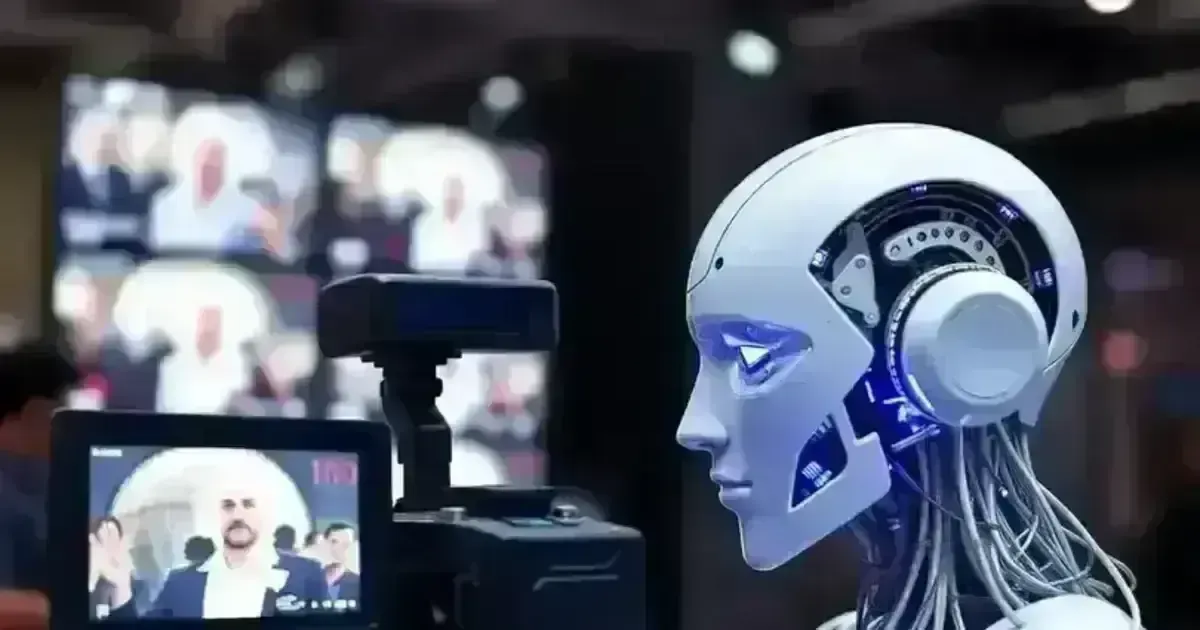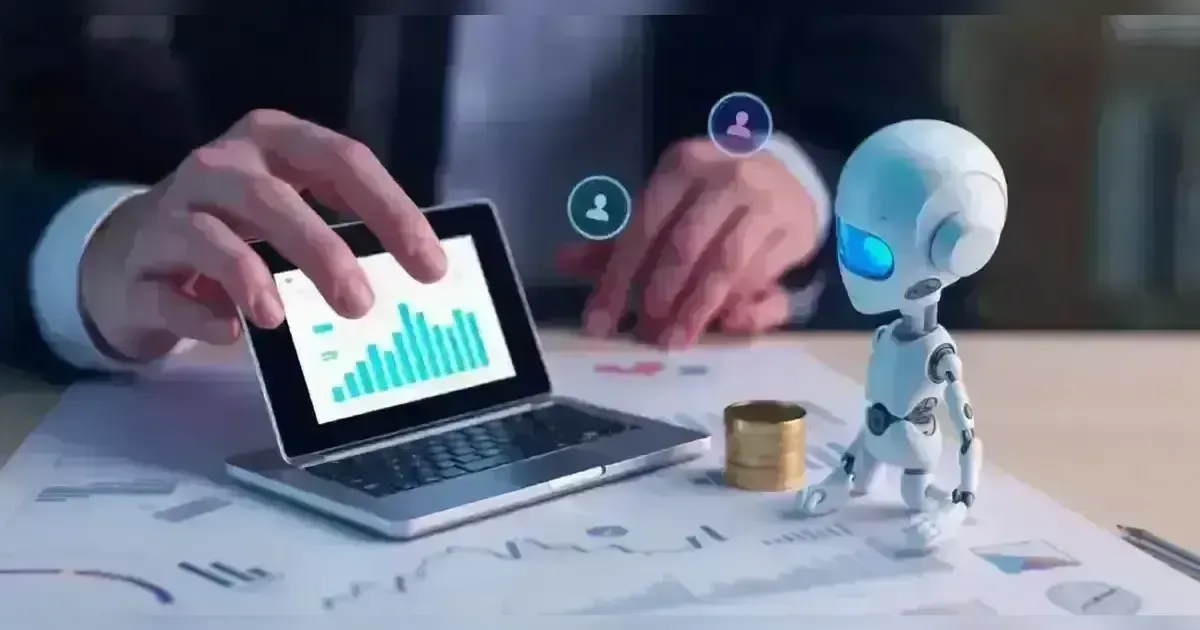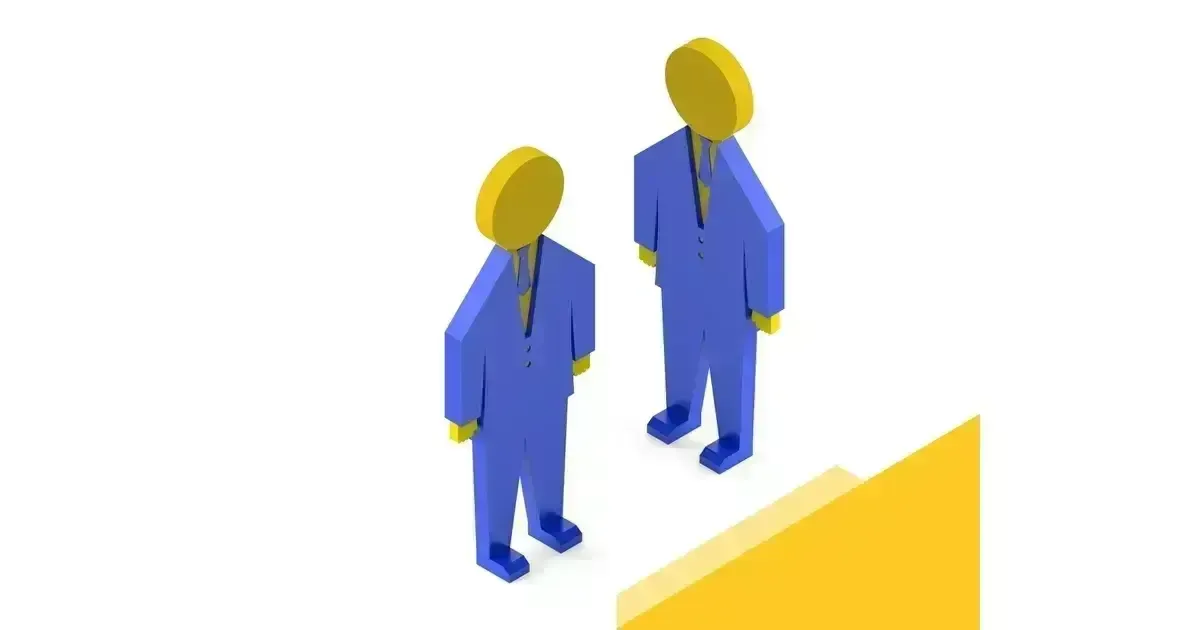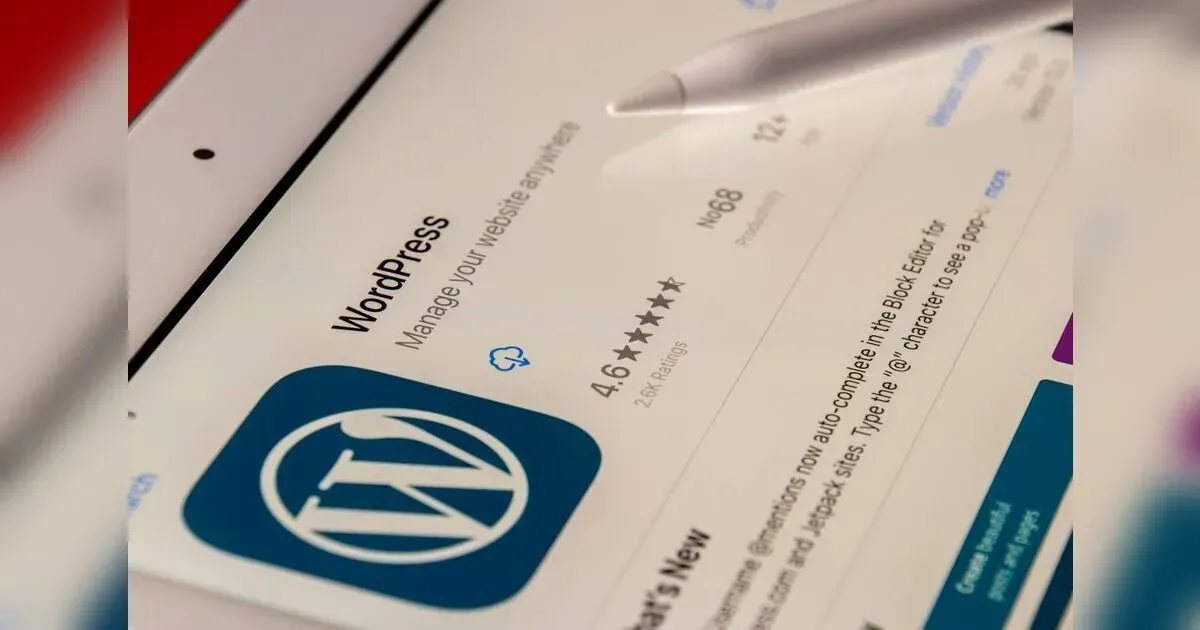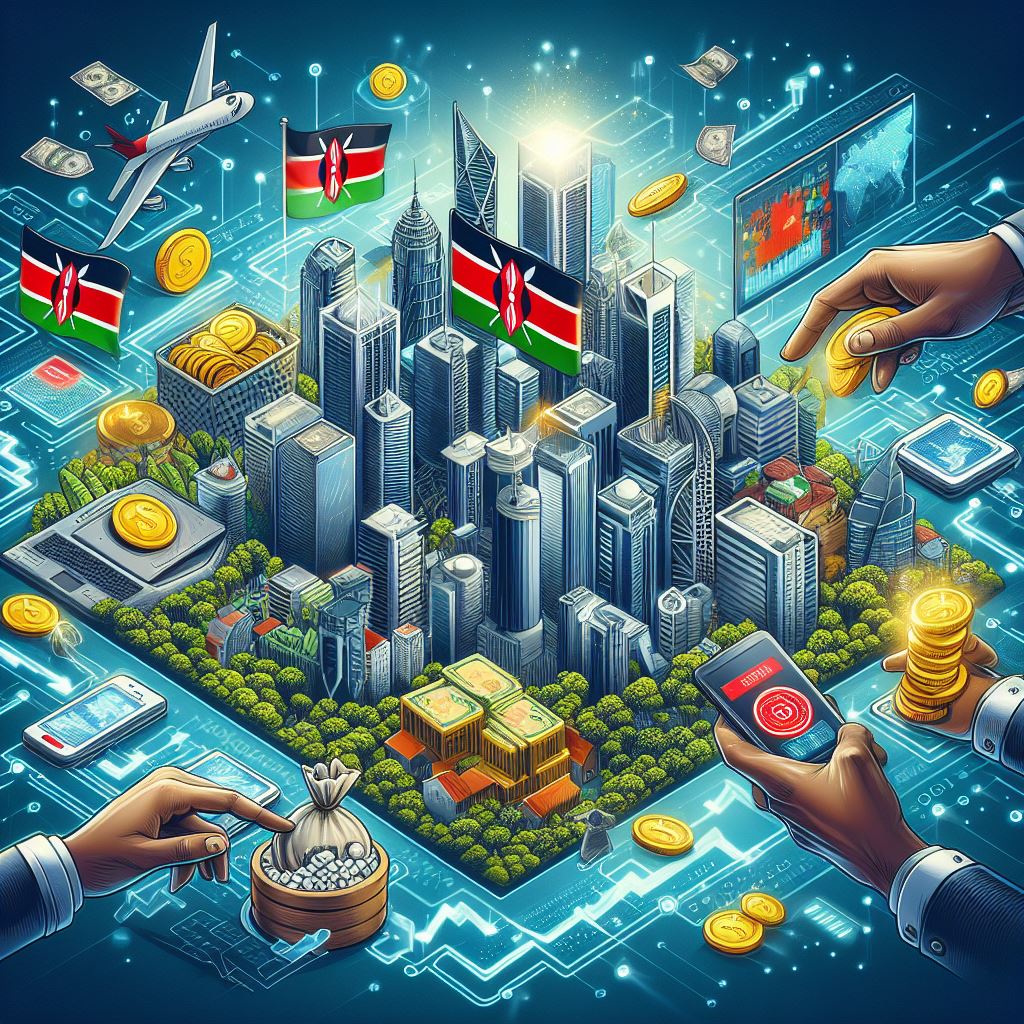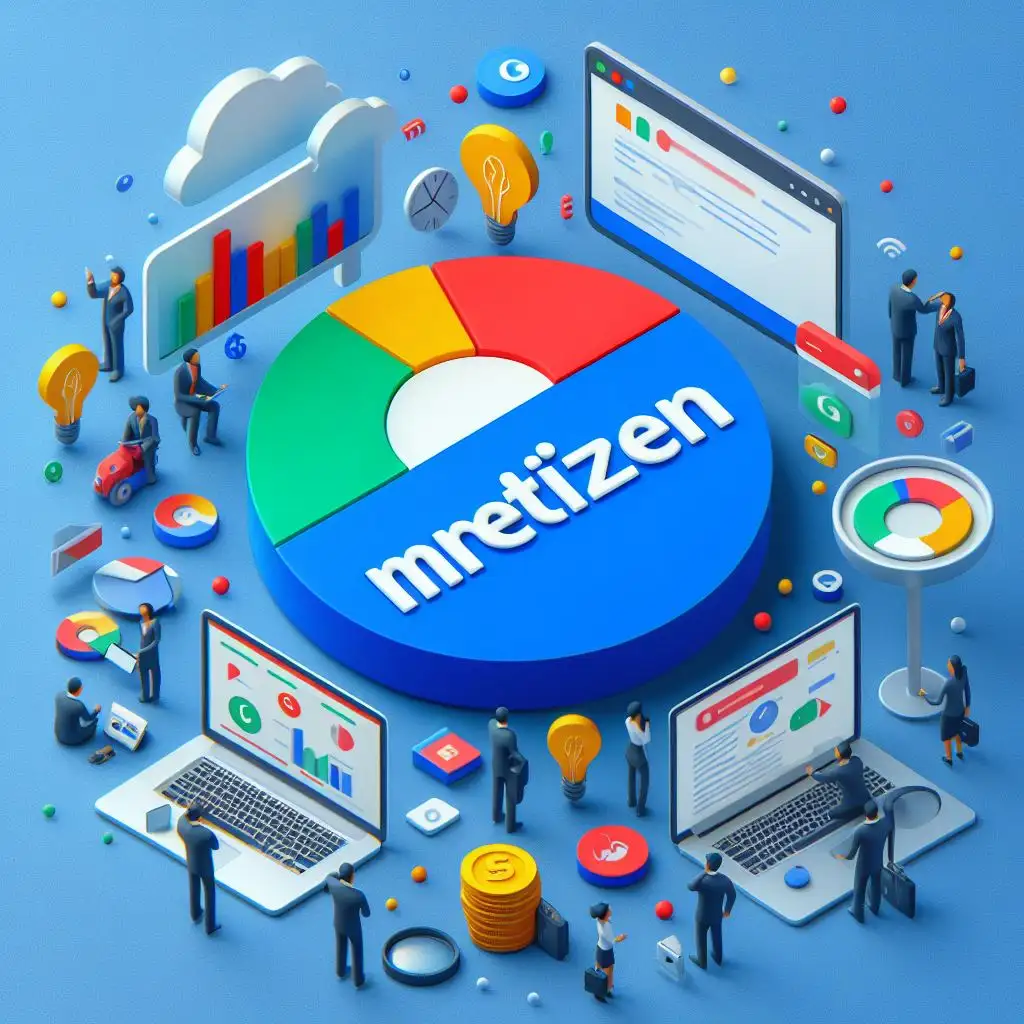In this article, we’ll talk about what renewable energy is, why it’s important, and how it can help save our planet.
Have you ever heard about climate change? It’s a big problem that’s affecting our planet. But don’t worry, there’s something we can do to help fix it. One of the best ways to fight climate change is by using renewable energy. In this article, we’ll talk about what renewable energy is, why it’s important, and how it can help save our planet. Let’s get started.
What is Climate Change?
Climate change means that the Earth’s climate is changing. This can mean things like warmer temperatures, where the Earth is getting hotter, and extreme weather, which includes more storms, floods, and droughts. It also involves melting ice in places like the North Pole and rising sea levels as the oceans get higher.
These changes are happening because of greenhouse gases. These gases trap heat in the Earth’s atmosphere, making it warmer. The main greenhouse gas is carbon dioxide (CO2), which comes from burning fossil fuels like coal, oil, and gas.
What is Renewable Energy?
Renewable energy comes from natural sources that are constantly replenished, such as sunlight, wind, water, and geothermal heat. Unlike fossil fuels, renewable energy sources do not run out and produce little to no greenhouse gases, making them environmentally friendly and sustainable for long-term use
Why is Renewable Energy Important?
Renewable energy is super important for many reasons. Let’s look at some of them:
- Reduces Greenhouse Gases
One of the biggest reasons renewable energy is important is that it helps reduce greenhouse gases. When we use fossil fuels, like coal and oil, they release a lot of CO2 into the air. This makes climate change worse. But renewable energy sources, like solar and wind, don’t produce CO2. This means they help keep our air clean and reduce the effects of climate change.
- Clean and Green
Renewable energy is clean and green. This means it doesn’t pollute the air or water. Fossil fuels can create a lot of pollution, which is bad for our health and the environment. But renewable energy sources are much cleaner. For example, solar panels and wind turbines don’t produce harmful emissions.
- Never Runs Out
Another great thing about renewable energy is that it never runs out. The sun will keep shining, the wind will keep blowing, and water will keep flowing. This means we can use these energy sources forever. Fossil fuels, on the other hand, will eventually run out. By using renewable energy, we’re making sure we have energy for the future.
- Saves Money
Using renewable energy can also save money. Once you set up things like solar panels or wind turbines, the energy they produce is free. You don’t have to keep buying fuel like you do with fossil fuels. Plus, renewable energy can create jobs and help the economy.
- Helps Fight Climate Change
Most importantly, renewable energy helps fight climate change. By reducing greenhouse gases and using clean energy, we can slow down the effects of climate change. This means fewer extreme weather events, less melting ice, and lower sea levels.
Different Types of Renewable Energy
Let’s take a closer look at the different types of renewable energy and how they work.
- Solar Energy
Solar energy comes from the sun. We can use solar panels to capture sunlight and turn it into electricity. Here’s how it works:
- Solar Panels: These panels are made of special materials that can capture sunlight.
- Conversion: The sunlight is converted into electricity.
- Usage: The electricity can be used to power homes, schools, and businesses.
Solar energy is great because it’s clean and abundant. The sun shines almost every day, so there’s plenty of energy to go around.
- Wind Energy
Wind energy comes from the wind. We can use wind turbines to capture the wind’s energy and turn it into electricity. Here’s how it works:
- Wind Turbines: These are tall structures with big blades that spin when the wind blows.
- Conversion: The spinning blades turn a generator, which creates electricity.
- Usage: The electricity can be used to power homes, schools, and businesses.
Wind energy is also clean and abundant. Windy places, like coastal areas and open plains, are perfect for wind turbines.
- Hydropower
Hydropower comes from moving water. We can use dams and turbines to capture the energy from flowing water and turn it into electricity. Here’s how it works:
- Dams: These structures hold back water and create a reservoir.
- Turbines: When water is released from the dam, it flows through turbines, which spin and create electricity.
- Usage: The electricity can be used to power homes, schools, and businesses.
Hydropower is a reliable source of energy because water is always flowing. It’s also clean and doesn’t produce greenhouse gases.
- Biomass
Biomass energy comes from plants and organic materials. We can burn these materials to create heat and electricity. Here’s how it works:
- Organic Materials: Things like wood, crop waste, and even animal manure can be used as biomass.
- Burning: The biomass is burned to create heat.
- Conversion: The heat is used to create steam, which turns a turbine and generates electricity.
- Usage: The electricity can be used to power homes, schools, and businesses.
Biomass is renewable because plants can be regrown, and organic waste is always being produced. It’s also a good way to use materials that might otherwise go to waste
- Geothermal Energy
Geothermal energy comes from the heat inside the Earth. We can use this heat to create electricity and heat buildings. Here’s how it works:
- Heat Source: The Earth’s core is very hot, and this heat can be found close to the surface in some places.
- Wells: Wells are drilled into the ground to access the heat.
- Conversion: The heat is used to create steam, which turns a turbine and generates electricity.
- Usage: The electricity can be used to power homes, schools, and businesses. The heat can also be used directly to heat buildings.
Geothermal energy is reliable because the Earth’s heat is always there. It’s also clean and doesn’t produce greenhouse gases.
How Renewable Energy Helps Combat Climate Change
Now that we know what renewable energy is and why it’s important, let’s talk about how it helps combat climate change.
- Reducing Greenhouse Gas Emissions
One of the main ways renewable energy helps fight climate change is by reducing greenhouse gas emissions. When we use fossil fuels, like coal and oil, they release a lot of CO2 into the air. This makes climate change worse. But renewable energy sources, like solar and wind, don’t produce CO2. This means they help keep our air clean and reduce the effects of climate change.
- Cleaner Air and Water
Renewable energy is much cleaner than fossil fuels. Fossil fuels can create a lot of pollution, which is bad for our health and the environment. For example, burning coal can release harmful chemicals into the air and water. But renewable energy sources, like solar panels and wind turbines, don’t produce harmful emissions. This means cleaner air and water for everyone.
- Reducing Dependence on Fossil Fuels
By using renewable energy, we can reduce our dependence on fossil fuels. This is important because fossil fuels are a major source of greenhouse gases. By switching to renewable energy, we can reduce the amount of CO2 we’re putting into the air. This helps slow down climate change and protect our planet.
- Creating a Sustainable Future
Renewable energy is sustainable, which means it can be used over and over again without running out. This is important for creating a sustainable future. Fossil fuels will eventually run out, but renewable energy sources, like the sun and wind, will always be there. By using renewable energy, we’re making sure we have energy for the future.
- Supporting Local Economies
Using renewable energy can also support local economies. Building and maintaining renewable energy systems, like solar panels and wind turbines, creates jobs. This can help boost local economies and provide people with good-paying jobs. Plus, renewable energy can help reduce energy costs, which can save money for families and businesses7.
Challenges of Renewable Energy
While renewable energy is great, there are some challenges we need to overcome. Let’s look at a few of them:
- Initial Costs
Setting up renewable energy systems can be expensive. However, the good news is that these systems can save money in the long run because the energy they produce is free. Plus, there are often government incentives and rebates that can help offset the initial costs.
- Intermittency
One of the main challenges with renewable energy sources like solar and wind is that they are intermittent. This means they don’t produce energy all the time. Solar panels only generate electricity when the sun is shining, and wind turbines only work when it’s windy. This intermittency can make it difficult to rely solely on renewables for a consistent energy supply.
- Storage
Because renewable energy is intermittent, effective storage solutions are crucial. Batteries and other storage technologies can store excess energy produced during peak times for use when production is low. However, current storage solutions can be expensive and have limited capacity, which poses a challenge for widespread adoption.
- Geographic Limitations
Not all locations are suitable for all types of renewable energy. For example, solar panels are most effective in areas with a lot of sunlight, and wind turbines need consistently windy conditions. This geographic limitation means that some regions may not be able to rely on certain types of renewable energy as their primary energy source.
- Infrastructure
Transitioning to renewable energy requires significant changes to existing infrastructure. This includes upgrading the electrical grid to handle distributed energy sources and integrating new technologies. These changes can be costly and time-consuming, posing a barrier to rapid adoption.
- Environmental Impact
While renewable energy is generally much better for the environment than fossil fuels, it’s not entirely without impact. For example, large-scale solar farms can disrupt local ecosystems, and wind turbines can pose a threat to birds and bats. It’s important to carefully consider and mitigate these impacts when developing renewable energy projects.
- Policy and Regulation
The renewable energy industry is heavily influenced by government policies and regulations. Supportive policies can drive growth, while unfavorable regulations can hinder progress. Navigating this complex landscape can be challenging for renewable energy companies and investors.
Conclusion
Renewable energy plays a crucial role in combating climate change. By reducing our reliance on fossil fuels, we can significantly lower greenhouse gas emissions, which are the primary driver of global warming






